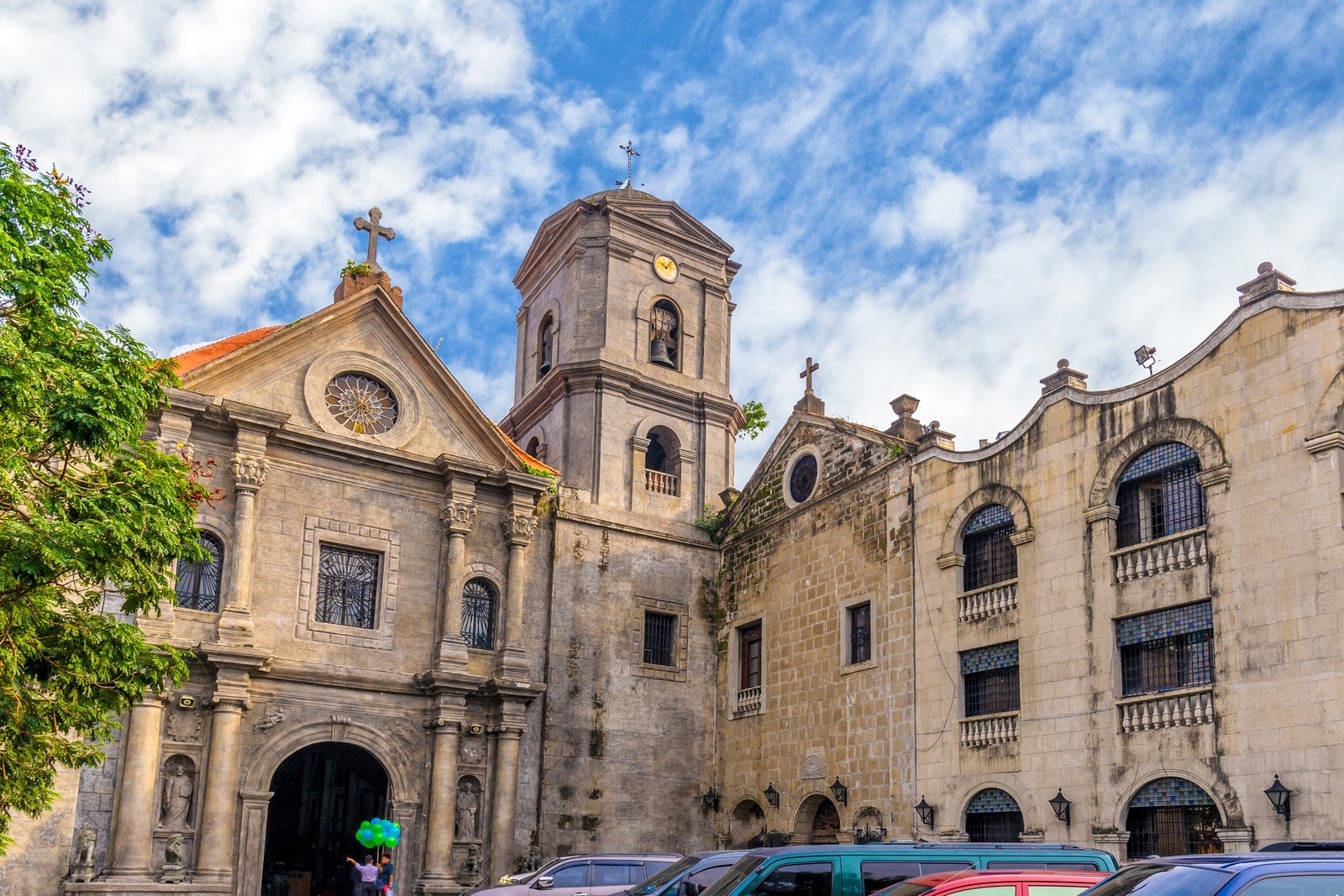The Philippines is a beautiful country that is most known for its rich culture, unique food, and unforgettable hospitality. Throughout the archipelago, visitors are able to find sites with historical and cultural importance, dating back to both pre-colonial and colonial times.
These world heritage list of sites in the Philippines show our country’s illustrious past and serve as a reminder of the remarkable journey it has gone through to get to where we are today. As activists, educators, and special interest groups continue to fight for biodiversity conservation and the protection of world heritage sites in the Philippines, we can expect these things to grow in number.
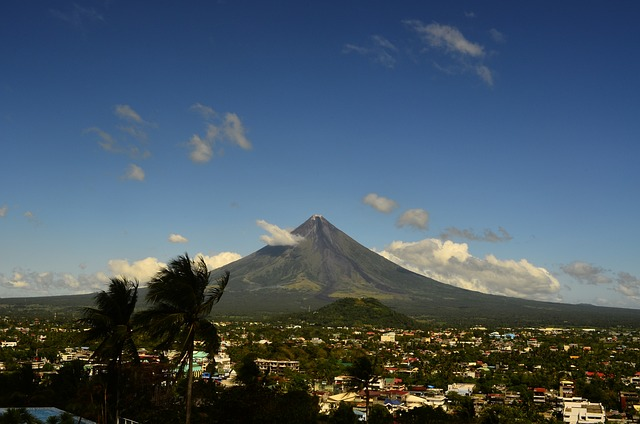
What are UNESCO World Heritage Sites?
The United Nations Educational, Scientific and Cultural Organization (UNESCO) defines the World Heritage campaign as:
UNESCO seeks to encourage the identification, protection, and preservation of cultural and natural heritage around the world considered to be of outstanding value to humanity. This is embodied in an international treaty called the Convention concerning the Protection of the World Cultural and Natural Heritage, adopted by UNESCO in 1972.
What makes the concept of World Heritage exceptional is its universal application. World Heritage sites belong to all the peoples of the world, irrespective of the territory on which they are located.
In addition to identifying and protecting these sites, UNESCO also provides emergency aid to sites in danger. Globally, they hope to encourage more visitors to tour these sites and learn more about their significance.
World Heritage Sites in the Philippines
Currently, there are three other cultural sites and landmarks and three natural sites in the Philippines that have been added to this list of World Heritage Sites. They are:
- Baroque Churches of the Philippines
- Historic City of Vigan
- Rice Terraces of the Philippine Cordilleras
- Mount Himaguitan Range Wildlife Sanctuary
- Tubbataha Reefs Natual Park
There are a number of other sites that are placed on a Tentative List, meaning they are in limbo in the nomination process. If you would like to read more about the conservation efforts and other recent news, you can visit the World Heritage Convention website here.
Why Do Our World Heritage Sites Matter?
These sites hold an immense amount of culture and history that cannot be replicated by today’s standards. By preserving these locations, we ensure that future generations can experience and appreciate the rich cultural and historical legacy of the Philippines (in general, this applies to all World Heritage Committee locations). These sites offer a tangible connection to our ancestors and the traditions that have shaped our society.
Here are more reasons as to why these sites are so important:
- Preservation of cultural and natural heritage
- Promotion of tourism and economic development
- Cultural identity and national pride
- Education and research
- International recognition and collaboration
In addition to preserving and promoting heritage sites, it is crucial to invest in infrastructure and facilities that enhance the visitor experience while preserving the integrity of these sites. Providing adequate visitor centers, signage, transportation options, and amenities will contribute to a positive and sustainable tourism experience for protected area.
Local communities should be actively involved in the management and development of heritage sites. Their knowledge, skills, and traditions are invaluable in preserving and interpreting these sites for visitors. By empowering local communities, we can ensure that they have a stake in the preservation efforts and benefit from tourism-related activities through job creation, entrepreneurship, and cultural exchange.
Collaboration between government agencies, private sectors, and local communities is vital in developing sustainable tourism strategies. Public-private partnerships can help secure funding for conservation projects, capacity-building initiatives, and marketing campaigns to raise awareness about the Philippines’ heritage sites and attract both domestic and international visitors.
Furthermore, incorporating sustainable practices in tourism operations is essential to minimize the environmental impact on heritage sites. Implementing waste management systems, promoting energy efficiency, and advocating for responsible tourism practices can help preserve the natural surroundings and ecosystems of these sites.

5 Must-Visit Philippines UNESCO World Heritage Sites: Natural Wonders, Historic & Heritage Sites in the Philippines
Whether you are planning your trip to the Philippines for the first time or are due for a refresher on what your home country has to offer, we’ve prepared a thorough guide to the various UNESCO World Heritage Sites that are located in the Philippines. If you are unable to visit these places in person at this time, we encourage you to bookmark this article for future reference.
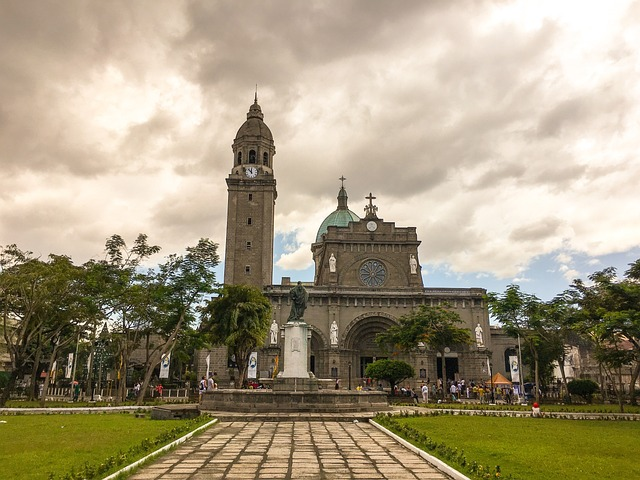
Baroque Churches of the Philippines
Built during the Spanish colonial period from the late 16th to the 18th century, these baroque churches stand as enduring symbols of the cultural and religious heritage of the Philippines. Each church showcases exquisite craftsmanship, intricate detailing, and a distinct baroque style that sets them apart as architectural masterpieces.
The Baroque Churches of the Philippines are a remarkable ensemble of four churches recognized as a UNESCO World Heritage Site. These churches, located in Manila (San Agustin Church), Ilocos Sur (Santa Maria Church), Ilocos Norte (Paoay Church), and Iloilo (Miagao Church), exhibit outstanding examples of Spanish colonial architecture infused with local elements, creating a unique fusion of European and indigenous influences.
- One of the prominent examples is the San Agustin Church in Manila, the oldest stone church in the country. Its grand facade, adorned with ornate carvings and statues, is a testament to the skilled craftsmanship of Filipino artisans during that era. Inside, visitors are greeted by beautiful religious paintings, wooden carvings, and a majestic pipe organ that still produces enchanting melodies to this day.
- The Church of Nuestra Señora de la Asunción in Santa Maria, Ilocos Sur, is another breathtaking example. Perched on top of a hill, the church boasts a strategic location that allowed it to serve as a defensive structure during Spanish colonial times. Its robust bell tower and fortress-like appearance reflect the challenges faced by the local community during that period.
- The Paoay Church in Ilocos Norte is known for its massive coral stone facade and impressive buttresses. It is a splendid example of earthquake-resistant baroque architecture, designed to withstand the frequent tremors that the region experiences. The church’s distinctive silhouette has become an iconic representation of Filipino heritage and resilience.
- The Miagao Church in Iloilo stands as a testament to the blending of European baroque architecture with indigenous motifs. Intricate relief sculptures of local flora, fauna, and folklore adorn its facade, symbolizing the harmonious fusion of cultures that took place during the colonial period.
The longevity and resilience of these four baroque churches, many of which have withstood earthquakes, fires, and other natural disasters over the centuries, further testify to the skill and ingenuity of the builders in designing this impressive architecture.
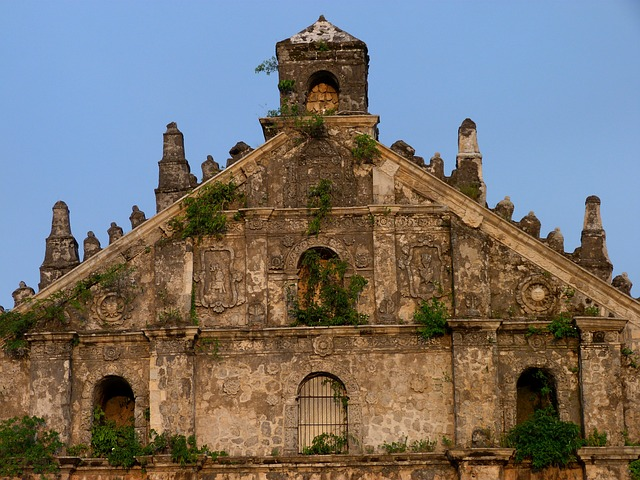
Historic City of Vigan at Ilocos Sur
Vigan, located in Ilocos Sur, is a World Heritage site that is home to the best preserved colonial towns that showcases the fusion of European and Asian architectural styles, reflecting its historical significance as a trading hub during the Spanish colonial period. Efforts have been made to conserve and restore the city’s historic structures since its addition to the WHC list in 1999, ensuring that future generations can continue to experience and appreciate its cultural significance.
Founded in the 16th century, this Spanish colonial town served as an important center of trade and commerce between Asia and the Americas. Its strategic location along the coastal plains of northern Luzon attracted traders from various parts of the world, resulting in a unique blend of cultural influences.
Here is a description from the WHC UNESCO regarding the City of Vigan, which can also be found here:
Here is a description from thw WHC UNESCO regarding the City of Vigan:
The traditional Hispanic checkerboard street plan opens up into two adjacent plazas. The Plaza Salcedo is the longer arm of an L-shaped open space, with the Plaza Burgos as the shorter. The two plazas are dominated by the St. Paul’s Cathedral, the Archbishop’s Palace, the City Hall and the Provincial Capitol Building . The urban plan of the town closely conforms with the Renaissance grid plan specified in the Ley de la Indias for all new towns in the Spanish Empire.
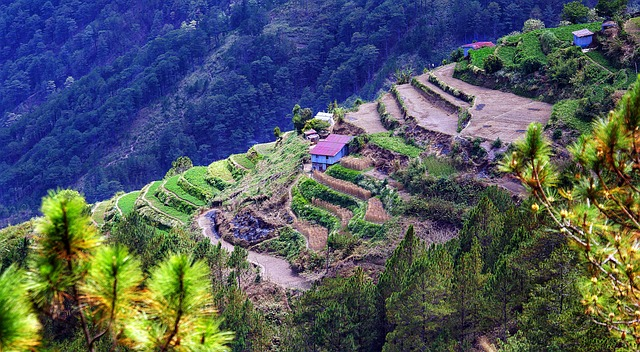
Rice Terraces of the Philippine Cordilleras
Carved into the mountainsides, the rice terraces are an engineering marvel that dates back over 2,000 years. They are a result of the Ifugao people’s exceptional knowledge of their environment, including the contouring of the land, irrigation systems, and water management techniques.
These rice terraces, found primarily in the mountainous regions of the Cordilleras in northern Luzon, showcase the remarkable agricultural practices of indigenous communities that have been passed down through generations.
According to WHC, this UNESCO World Heritage site holds significance due to the following reasons, which can be found here:
The maintenance of the living rice terraces reflects a primarily cooperative approach of the whole community which is based on detailed knowledge of the rich diversity of biological resources existing in the Ifugao agro-ecosystem, a finely tuned annual system respecting lunar cycles, zoning and planning, extensive soil conservation, mastery of a most complex pest control regime based on the processing of a variety of herbs, accompanied by religious rituals.
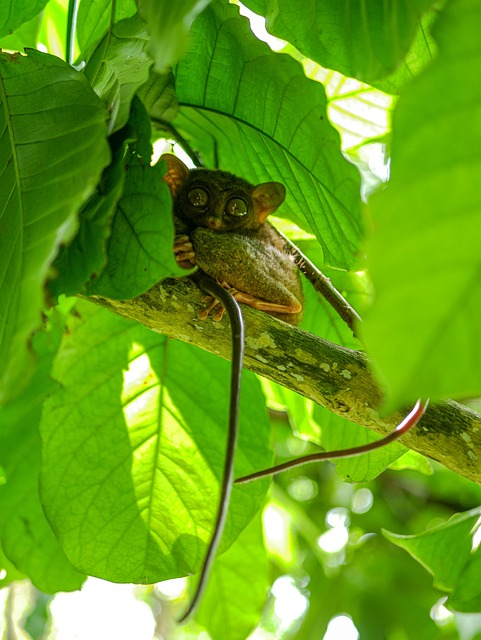
Mount Hamiguitan Range Wildlife Sanctuary
This UNESCO World Heritage site was designated in 2014 and is located in Davao Oriental. This natural park is home to a variety of plant and animal species, like the Philippine eagle. The mountain’s unique geological formation, characterized by its rock formations and its pygmy forest and bonsai trees, adds to its distinctiveness.
Beyond its natural significance, Mount Hamiguitan also holds cultural value. It is considered a sacred site by the local Mandaya and Mansaka indigenous communities, who have relied on the mountain range’s resources for generations. Their traditional knowledge and sustainable practices contribute to the conservation and preservation efforts of the sanctuary.
As stated by the World Heritage Committee (WHC), this particular UNESCO World Heritage site holds considerable significance for the following reasons, and more can be found here:
The Mount Hamiguitan Range Wildlife Sanctuary provides a sanctuary to a host of globally threatened and endemic flora and fauna species, eight of which are found nowhere else except Mount Hamiguitan. These include critically endangered trees, plants and the iconic Philippine Eagle and Philippine Cockatoo.
By raising awareness and fostering responsible tourism, we can contribute to the conservation efforts of Mount Hamiguitan and support the preservation of its unique biodiversity for future generations to appreciate and cherish.
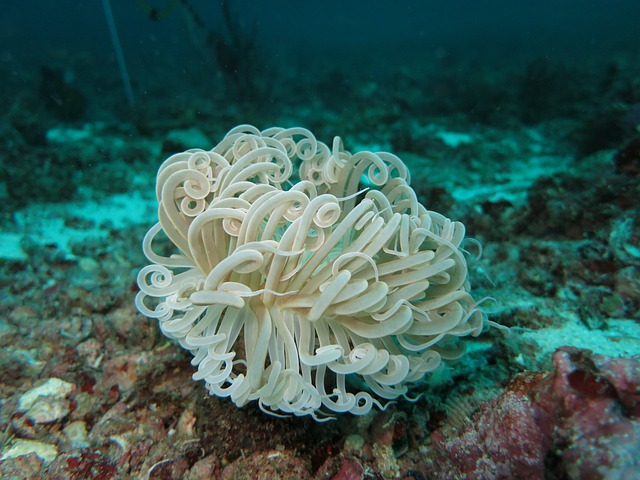
Tubbataha Reefs Natural Park of the Sulu Sea
The Tubbataha Reefs Natural Park is a protected marine area located in the Sulu Sea, southwest of the Philippines. It is recognized as a UNESCO World Heritage Site and is composed of two large coral atolls, namely the North Atoll and South Atoll, along with the smaller Jessie Beazley Reef. The park is known for its remarkable biodiversity, pristine coral reefs, and rich marine life.
According to WHC UNESCO, these aquatic habitats provide a variety of uses, and more can be found here:
Tubbataha Reefs Natural Park lies in a unique position in the middle of the Sulu Sea and is one of the Philippines’ oldest ecosystems. It plays a key role in the process of reproduction, dispersal and colonization by marine organisms in the whole Sulu Sea system, and helps support fisheries outside its boundaries.
By conserving this natural environment, we can preserve the unique biodiversity and protect fragile ecosystems in our waters. Due to its ecological significance, Tubbataha Reefs Natural Park is strictly protected and managed by the Tubbataha Management Office (TMO). Access to the national park is limited, and visitors can only explore the area through live-aboard diving expeditions during the designated diving season.
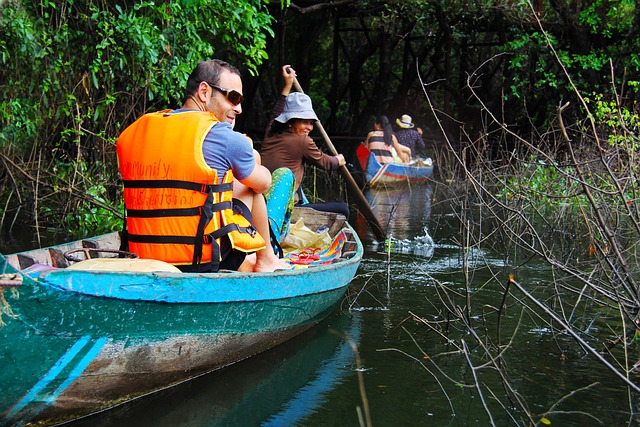
Cultural Gems: Exploring the Cultural Sites of the Philippines
When exploring these sites, it is important to respect the practices of the people, e.g., if you are visiting a church, it is advisable to dress modestly and refrain from disruptive behavior that may disturb worshippers or the solemn atmosphere.
The best advice that has been given to us in regards to being a tourist is this: wander without leaving a trace. When visiting Philippine heritage sites, practicing responsible tourism is essential for preserving the sites’ integrity and ensuring their long-term sustainability. This means being mindful of our actions and minimizing our impact on the environment and local communities.
Simple actions like properly disposing of waste, refraining from littering, and following designated trails can go a long way in protecting the natural beauty of these sites. Respecting signage, guidelines, and restrictions set by authorities helps in the preservation efforts. It is also important to support local businesses, artisans, and communities, contributing to their economic growth and cultural preservation.
By embracing the principle of “Leave No Trace,” we can enjoy the beauty and cultural significance of Philippine heritage sites while leaving them untouched for future generations to appreciate. Let us be responsible stewards of these precious treasures and ensure that our exploration leaves no negative impact behind.
Written by: Angela V. DelosReyes | AVDLR

